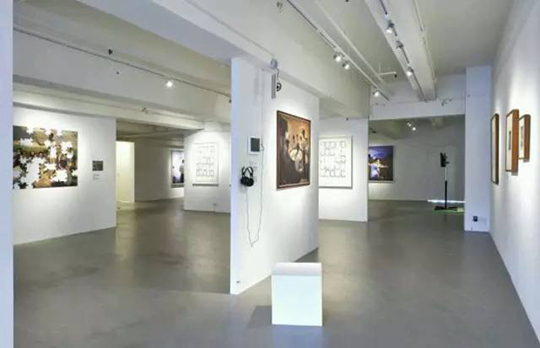A LUXURY WE CANNOT AFFORD
| November 10, 2015 | Post In LEAP 35

Courtesy the artist
Singaporean curator Qinyi Lim’s exhibition “A Luxury We Cannot Afford” begins by citing the attitude of Lee Kuan Yew towards art and culture: a frivolous waste of energy and resources better spent on industrialization and militarization. If this approach persisted until the creative industries were recognized as a cornerstone of first-world status in the 1990s, perhaps the opposite could be said of Hong Kong—in the 1990s, after all, contemporary art began to rise only by staring into the void left behind by the decline of film, music, and entertainment culture.

The exhibition is very much recognizable as a Para Site production: quasi-chronological narratives bouncing across time, looking at particular geographies from inside and out with a combination of documentary material, contemporary art, and historical cultural references. Ho Rui An’s performative lecture Screen Green is the most engaging piece of thinking in the exhibition but can’t decide if it wants to be art or criticism, and suffers for the confusion. Some of the best material included succeeds both aesthetically and within the curatorial story by pretending to be natural and naturalized: Nguan’s photographs of crowds at political movements, SKEW Collaborative’s diagrams of early public housing estates, and Heman Chong’s recreation of a sign reading “THIS PAVILION IS STRICTLY FOR COMMUNITY BONDING ACTIVITIES ONLY.” The triumph is without question a 1963 Lim Mu Hue painting hung at the entrance, a portrait of a cosmopolitan woman smoking a cigarette in sunglasses in a dark room—contemporary Singaporean culture before Singapore.

The most lasting and controversial aspect of the exhibition may be a slight tweak to the infamous and often grating tagline appended to Para Site’s media communications: “Para Site fully supports the democratic aspirations of the people of Hong Kong and Singapore.” Many kinds of aspirations are visible here, but the abilities of an institution to define and represent them are dubious.
Para Site, Hong Kong
2015.09.19-2015.11.29

